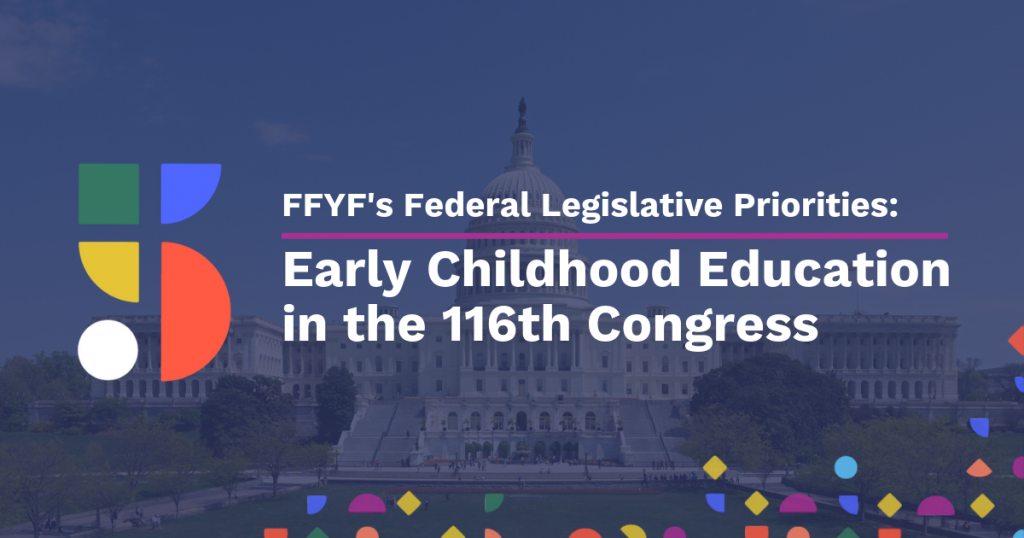Policy Priority
Additional Child and Family Initiatives
Child and Adult Care Food Program
The Child and Adult Care Food Program (CACFP) is a federal program that, in part, reimburses child care programs for nutritious meals and snacks provided to young children. The program is administered by the U.S. Department of Agriculture (USDA) Food and Nutrition Services (FNS) through grants to states. Meals and snacks are required to meet federal nutrition guidelines. CACFP also serves children residing in participating homeless shelters and after school programs.
CACFP plays an important role in combating food insecurity while laying the foundation for future healthy eating habits. Additionally, knowing that children will receive healthy meals while at child care removes time, financial, and stress burdens for parents.

News
April 25, 2025
Access to nutritious food is essential to children’s healthy growth and development, and child care is a prime opportunity for children to receive the nutritious meals and snacks they need …

News
December 12, 2023
Having access to nutritious food is essential to children’s healthy growth and development, and children in full-time care need multiple meals and snacks throughout the day. With the cost of …

News
October 26, 2023
WASHINGTON, D.C. – The First Five Years Fund (FFYF) hosted Congresswomen Suzanne Bonamici (D-OR) and Ashley Hinson (R-IA) for a town hall to discuss the importance of child care in their …
Subscribe to FFYF First Look
Every morning, FFYF reports on the latest child care & early learning news from across the country. Subscribe and take 5 minutes to know what’s happening in early childhood education.

Resource
January 25, 2023
Last week, the Bipartisan Policy Center (BPC) released a state-by-state report analyzing the integration and efficiency of early care and education (ECE) systems. This report serves as a follow-up to …

Resource
January 17, 2019
In recent years, Congress has made historic progress on behalf of America’s youngest learners through important, bipartisan policy and funding advancements around early childhood education. As a result, more children from low-income …
CHILD & FAMILY INITIATIVES





